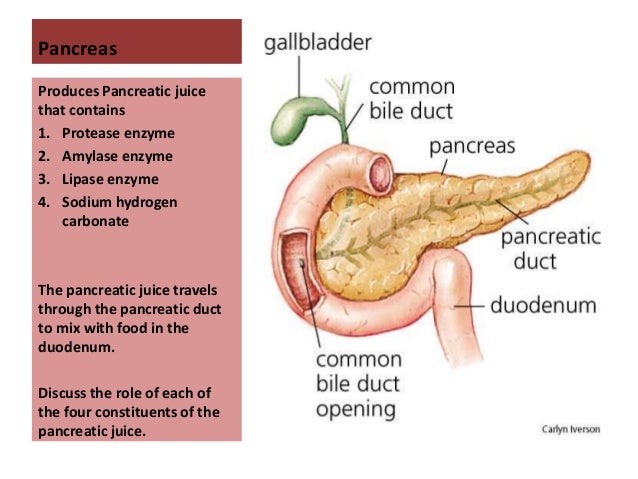

You also need to keep your digestive system working in tip top shape if you want to avoid pancreatitis and allow your pancreas to heal. Great sources of clean protein are wild caught fish, grass-fed-organic beef, organic poultry, flax seeds, pumpkin seeds, chia seeds, and hemp seeds. To heal your pancreas, you need plenty of clean protein. SEE ALSO: Leaves Of This Tree Shown To Kill Pancreatic Cancer Cells Your body needs natural fats, not animal fat or unnatural fats such as hydrogenated vegetable oils. Mix the juice from half of an organic lemon in a glass of water and drink it on an empty stomach every morning.Ĭonsume naturally healthy fat sources such as avocados, coconut, coconut oil, extra virgin olive oil, and seeds. Consuming just one of these citrus fruits can heal the pancreas and improve digestion. Nothing stimulates the digestive system and the liver to produce more enzymes than a lemon. If you wish to take a supplement, speak with your doctor first. Add one tablespoon of turmeric to a glass of milk and drink once each day.

Turmeric targets mutated cells while ignoring healthy ones. It also has anti-cancer compounds which make it perfect for fighting cancer of the pancreas. Turmeric is king when it comes to anti-inflammatory power. Be sure to see a doctor for a proper diagnosis. Sometimes, pancreatitis is mistaken for gallstones. Gallstones sometimes obstruct the pancreatic duct from emptying their enzymes into the small intestine. Sometimes, pancreatitis is due to large gallstones. Chronic pancreatitis leads to low energy levels, diabetes, nutritional deficiencies, and cancer of the pancreas. During an acute attack, people have a severe spike in their heart rate, respiratory rate, and blood pressure. The most common symptoms of pancreatitis include a burning pain in the upper abdomen that radiates to the back and nausea and vomiting that becomes severe when you try to eat. The pancreas is hidden deep in the body between our other organs which makes seeing it for a visual inspection very difficult. The pancreas also makes insulin, which controls the amount of sugar in our blood. The most important function of the pancreas is to produce digestive juices and digestive hormones so that our bodies can break down the proteins and fats in the foods we eat. Pancreatitis is much more common than many people think. Bacteria in the small intestine produce some of the enzymes needed to digest carbohydrates.Our pancreas is a small organ that plays a big part when it comes to our health. The body completes the breakdown of proteins, and the final breakdown of starches produces glucose molecules that absorb into the blood.

SMALL INTESTINEĭigestive juice produced by the small intestine combines with pancreatic juice and bile to complete digestion. The bile acids dissolve fat into the watery contents of the intestine, much like how detergents dissolve grease from a frying pan, so the intestinal and pancreatic enzymes can digest the fat molecules. When a person eats, the gallbladder squeezes bile through the bile ducts, which connect the gallbladder and liver to the small intestine. The gallbladder stores bile between meals. The liver produces a digestive juice called bile. The pancreas delivers digestive juice to the small intestine through small tubes called ducts. The pancreas produces a juice containing several enzymes that break down carbohydrates, fats, and proteins in food. The glands in the stomach lining produce stomach acid and an enzyme that digests protein. Saliva also contains an enzyme that begins to break down the starches from food. Saliva produced by the salivary glands moistens food so it moves more easily through the esophagus into the stomach. How do digestive juices in each organ of the GI tract break down food?ĭigestive juices contain enzymes-substances that speed up chemical reactions in the body-that break food down into different nutrients.


 0 kommentar(er)
0 kommentar(er)
